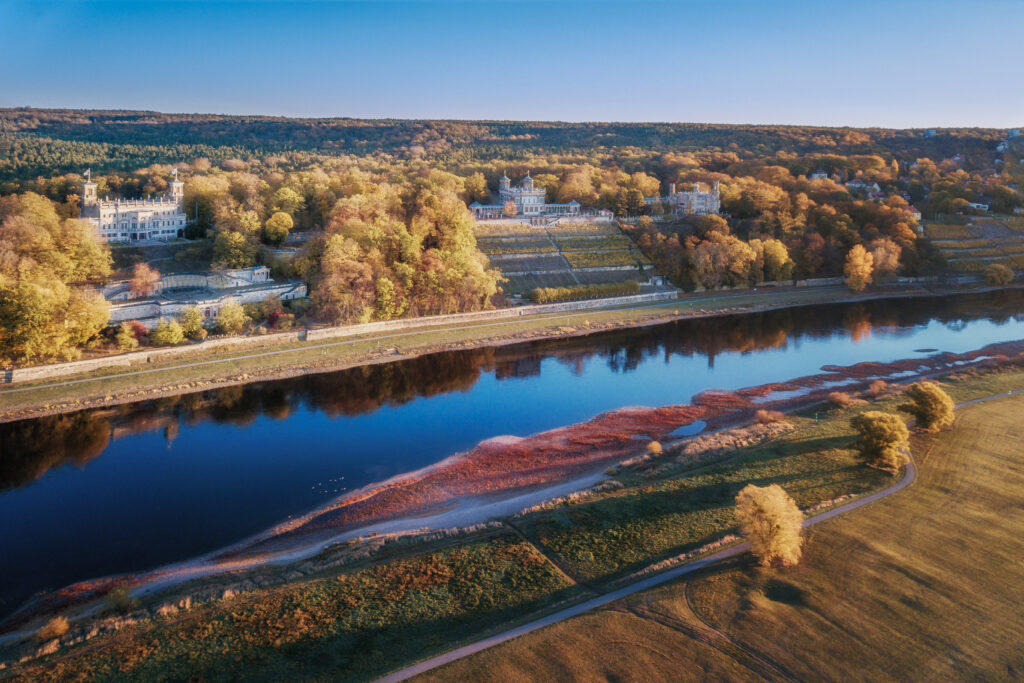WELCOME TO DRESDEN!


Dresden is the state capital of Saxony. The much-visited city lies on the Elbe, which previously made its way through “Sächsische Schweiz”. The city is world famous for its beautiful baroque architecture with the Frauenkirche rebuilt in 2005, the Zwinger, the Semperoper and the Brühlsche Terrasse, but also for the Elbe valley. The city is often called Florence on the Elbe due to its beauty and the influence of Italian master builders in the Baroque period.
The historic city center in particular can be explored comfortably and most easily on foot. You don’t need to plan much more than an hour or two to stroll past the most important buildings.
Dresden has a diverse museum landscape with over 50 institutions, above all the famous art exhibitions, but also collections on history, natural sciences, social issues, technology, music and literature as well as important personalities.
It is also the home port of the oldest fleet of paddle steamers in the world, the White Fleet. The Sächsische Dampfschiffahrt offers trips down the Elbe to Meissen or through the Elbe valley up into “Sächsische Schweiz” to Děčín in the Czech Republic.
Dresden is an important music metropolis. The Dresdner Kreuzchor – one of the most important German boys’ choirs has existed since the 14th century. In the 17th century, the Saxon court orchestra, conducted by Heinrich Schütz, was one of the most renowned orchestras in Europe. Later, the composers Carl Maria von Weber, Richard Wagner and Sergei Rachmaninoff lived and worked here. Recently, bands like Electra, Lift, Last Instance or Polarkreis 18 have been associated with Dresden.
The International Dixieland Festival around the second weekend in May has been taking place since 1971 and is considered Europe’s largest jazz festival.


